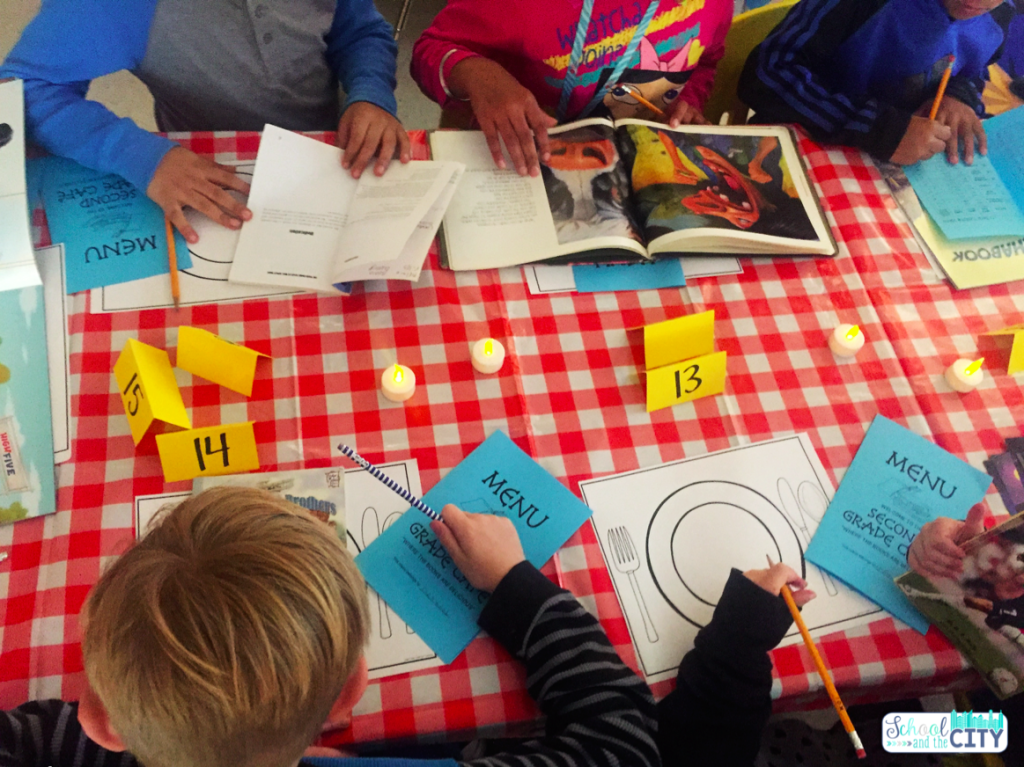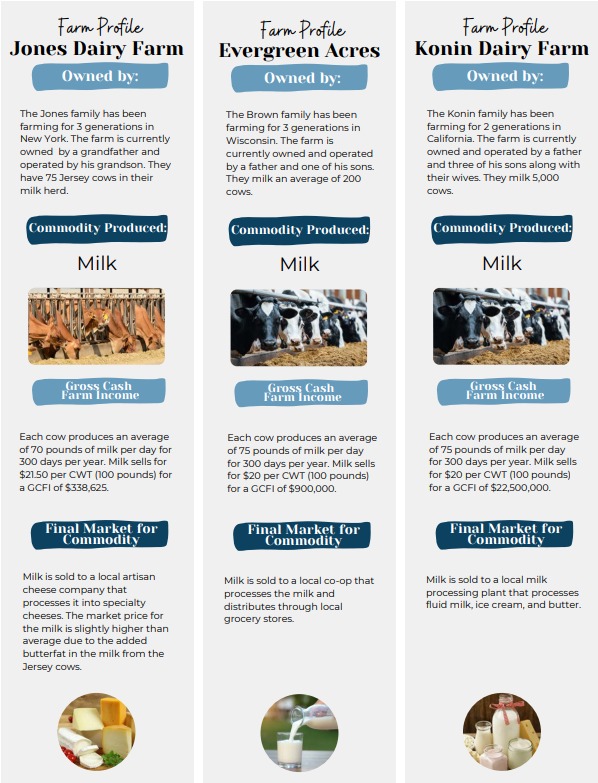One of my favorite parts of summer is going to the National Agriculture in the Classroom Conference. This conference is held each year towards the end of June, and it brings together a group of educators that have a...
 The Iowa crew at the 2023 National Ag in the Classroom Conference, Orlando, Fla.
The Iowa crew at the 2023 National Ag in the Classroom Conference, Orlando, Fla.
One of my favorite parts of summer is going to the National Agriculture in the Classroom Conference. This conference is held each year towards the end of June, and it brings together a group of educators that have a common passion, agriculture literacy. As a national conference the location travels around the U.S., and this year the conference was in Florida. Throughout the conference we were encouraged to “Go Beyond the Beaches” and explore Florida agriculture. I was ecstatic! I had only been to Florida when I was in 1st grade, and most of what I saw was from a semi-cab.
The conference was three days in length. The first day included breakout sessions and traveling workshops, and the other two days were filled with keynote speakers, breakout sessions, and networking. Breakout sessions are a great way to share new information, ideas, activities, and to network. I always leave a breakout session learning something new. Below I discuss three sessions that I attended and new resources that I gained.
The Big Deal About Big Ag
Have you been in a conversation where someone says, “there really are no family farms anymore”, or “small farms are a thing of the past”? Or have you ever caught yourself saying, “industrial agriculture” or “big ag”? These phrases are often used to describe agriculture today. However, the use of these phrases poses a misnomer on agriculture. Family describes the ownership of a farm, where small describes the size of a farm which is determined by gross cash farm income (GCFI). In the session, led by Andrea Gardner, we tackled these questions and concepts engaging in a new high school lesson on the Curriculum Matrix, The Big Deal About Big Ag. Through this lesson, students gather a deeper understanding of the difference between a small farm and big farm, what family-owned means, and how technological advances and economic forces influence the size of farms. I could see using this activity in a high school, or even middle school, social studies course as it prompts good discussion and higher order thinking.
What do Ogres and Onions Have in Common?
Confession, I originally went to this session because I love, and I mean LOVE, onions. When I saw a session sharing information and resources covering this commodity, I could not pass it up, and I was not disappointed. This session discussed the Vidalia Sweet Onion which is the official state vegetable of Georgia. For an onion to be a Vidalia onion it must be grown in one of 13 counties in Georgia and packaged during the “Pack Date” set by the Georgia Agriculture Commissioner.
 Vidalia onions in a bin (Image Credit: Mike Mozart (https://flic.kr/p/oLWKdy)
Vidalia onions in a bin (Image Credit: Mike Mozart (https://flic.kr/p/oLWKdy)The sweet history of this onion dates back to the Great Depression when farmers in the Toombs County area were looking for a new cash crop. They planted onions and were surprised that they grew sweet rather than hot. Moses Coleman was one of the Vidalia onion pioneers that led to the mass production and distribution of the onion across the U.S. through his entrepreneurship in farmers markets and grocery stores. However, entrepreneurship can only go so far. Advancements in refrigeration technology improved storage of this onion, increasing storage time up to six months! Today we can enjoy Vidalia season from April-August.
The information from this session, presented by Cheryl Poppell and Riley Wimberly, got me thinking of new ways to incorporate onions into the classroom. I could see incorporating activities that encourage students to investigate how soil impacts onion flavor, the impacts the onion has on the economy, or even how policy affects agriculture rolled around in my head. To learn more about the Vidalia Sweet Onion and how you might connect it to your classroom visit Georgia Ag in the Classroom’s Onions Have Layers Lesson Plans.
Ag Literacy Book Tasting
There are many books available students can read, but how do you help students choose while providing them opportunity? Just like eating, students have a preference over book topics or genres. Sometimes reading about food and its impacts on our daily lives may not be at the top of the reading “menu” for students, which means students miss out on a story they could enjoy. Illinois Agriculture in the Classroom director, Sarah Kaper, shared about the impacts an Ag Book Tasting event can have on what students read. Hosting an Ag Book Tasting provides students a sample of a book and invites them to explore ag-themed books they want to read instead of being assigned a book.
To host an Ag Book Tasting it’s important to provide a range of books and styles as well as books that portray agriculture accurately. Many books tell stories and use images that show an antiquated view of agriculture such as someone milking a cow by hand into a steel pail. Though these books allow students to learn about what agriculture used to look like, if they only experience agriculture books that show antiquated ideas and concepts, they may generalize the genre and become turned off. Instead, it’s important to show a variety of agriculture books, including ones that portray current agriculture technology and share stories of innovation. Students get excited about robots, conservation, and books that make them think!
 Students at a book tasting. (Photo Credit: Kristin Yann, https://satcblog.com/classroom-book-tasting/)
Students at a book tasting. (Photo Credit: Kristin Yann, https://satcblog.com/classroom-book-tasting/)Setting the scene is another important part of an Ag Book Tasting. Set books at different tables (much like stations) and use a note sheet that follows the theme of a menu. On the menu card students record information about the book including title, author, agriculture topic, whether the cover grabs their eye, if they would read it why/why not, and they finally rate the book. During the tasting students will:
Look at the title Look at the front and back cover Look at the inside flap or Table of Contents Look at the font type and illustration Read the first 5-10 pages (age dependent)Kaper suggests that a 30-minute book tasting is ideal and outlined a suggested schedule that allows students to move from book to book while providing time for them to reflect:
5 minutes: overview/expectations/direction 1 minute: choose the first table 4 minutes: round 1 2 minutes: reflect on book 1 and write in menu 1 minute: choose the second table 4 minutes: round 2 2 minutes: reflect on book 2 and write in menu 1 minute: choose the third table 4 minutes: round 3 2 minutes: reflect on book 3 and write in menu 4 minutes: wrap up and share outConsider incorporating an Ag Book Tasting event at a public library, school library, family reading night, or even as a classroom event! If you’re looking for ag-accurate books check out the IALF Lending Library’s books, My Family Farm publications, and Bushel of Stories publications, the National Ag in the Classroom Curriculum Matrix, and publishers such as Feeding Minds Press and Readers to Eaters.
Apply to Host a Session
It may be nerve-wracking to apply to host a breakout session at a conference, but if you have an idea that you want to share with others, it’s a great time and experience! Next year’s national conference will be held in Salt Lake City, Utah, and they are currently accepting applications until October 6, 2023.
~Cathryn









